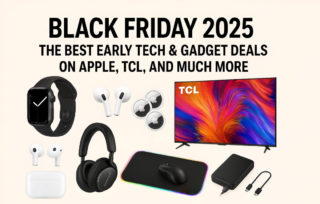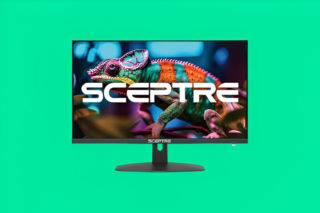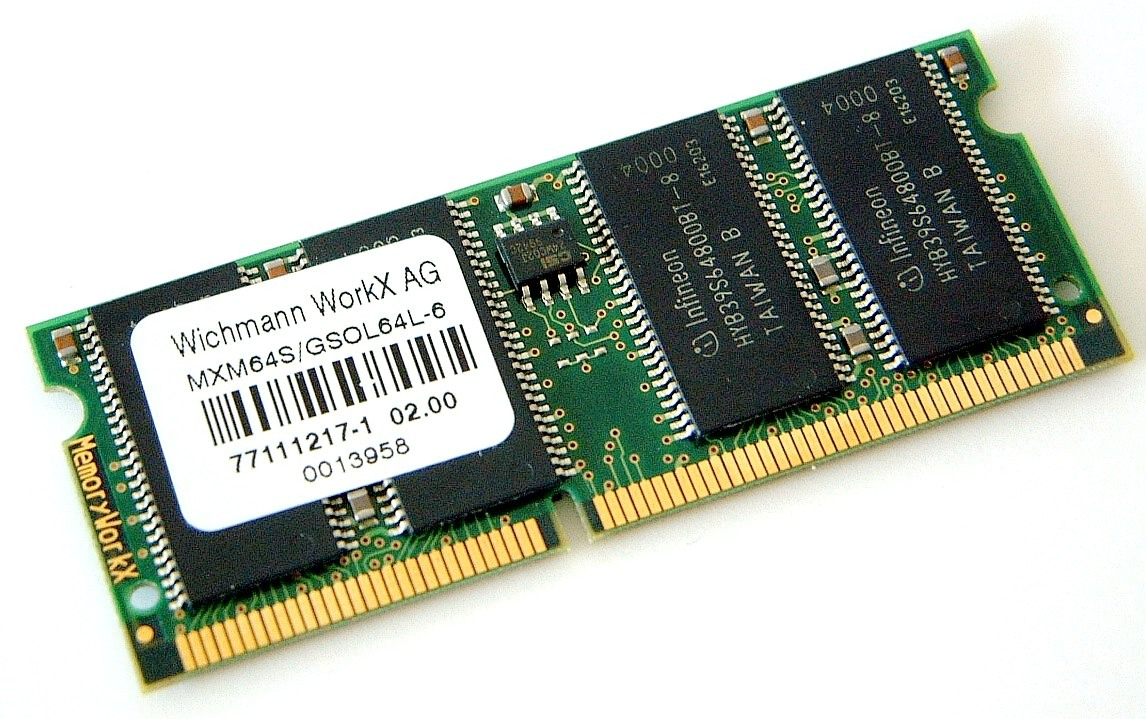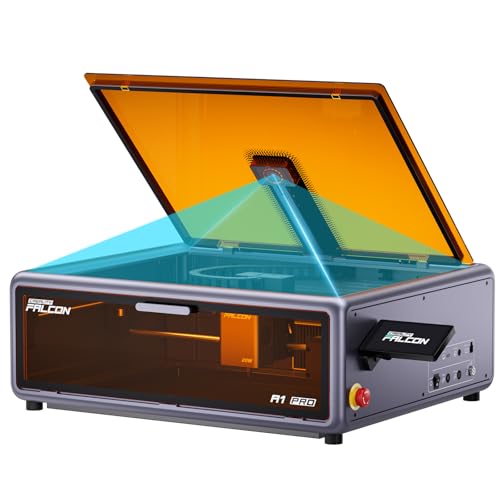Nintendo’s 2002 patent for programmable surface textures seemed like science fiction when most gamers were still arguing about analog sticks. Now Microsoft’s expected Surface controller proves that sometimes the best innovations just need to wait for the right moment—and the right materials science.
Shape-Shifting Grips Meet Modern Haptics
The Sebile controller’s texture-changing grips are expected to adapt to different game scenarios in real-time.
Picture this: You’re white-knuckling through a Dark Souls boss fight, and your controller grips automatically roughen for better hold. Switch to a racing game, and they smooth out for precise steering adjustments. The expected Sebile controller’s programmable surface textures would do exactly that—transforming grip feel based on what you’re playing.
Advanced haptic motors spread throughout the device are expected to deliver what reports describe as “high-definition impulses,” making every explosion, footstep, or gear shift feel distinct. Your current controller’s basic rumble suddenly feels like a Nokia 3310 ringtone.
Direct-to-Cloud Connectivity Cuts the Wireless Lag
Borrowed from Google’s Stadia playbook, the Sebile is expected to bypass console processing for cloud gaming.
The controller would connect directly to cloud servers rather than routing through your console first—a trick Google’s doomed Stadia controller pioneered before disappearing into the tech graveyard. This direct connection could potentially slash input lag for Xbox Cloud Gaming, addressing the biggest complaint about streaming gameplay.
Combined with expected Bluetooth 5.2 and “lift to wake” detection, the Sebile appears designed for a future where your console becomes optional.
Hall Effect Sticks Target Gaming’s Most Annoying Problem
Microsoft is reportedly addressing stick drift with magnetic sensor technology and sustainable design.
Hall effect analog sticks use magnetic sensors instead of physical contacts, potentially ending the stick drift epidemic that has plagued controllers since the Nintendo 64 era. According to NotebookCheck, the Sebile is also expected to feature swappable rechargeable batteries and improved repairability—responding to growing demand for sustainable gaming hardware.
The reported focus on recycled materials and reduced glue dependence suggests Microsoft is responding to frustrating Right to Repair movement criticisms, though the company hasn’t officially confirmed this motivation.
Gaming culture has evolved from a basement hobby to mainstream entertainment, and controller innovation finally reflects that maturity. The Sebile represents more than Nintendo’s dormant patent finding new life—it signals an industry ready to solve real problems rather than chase flashy gimmicks. Your next controller upgrade might actually be worth the wait, once Microsoft officially confirms these features make it to production.





























